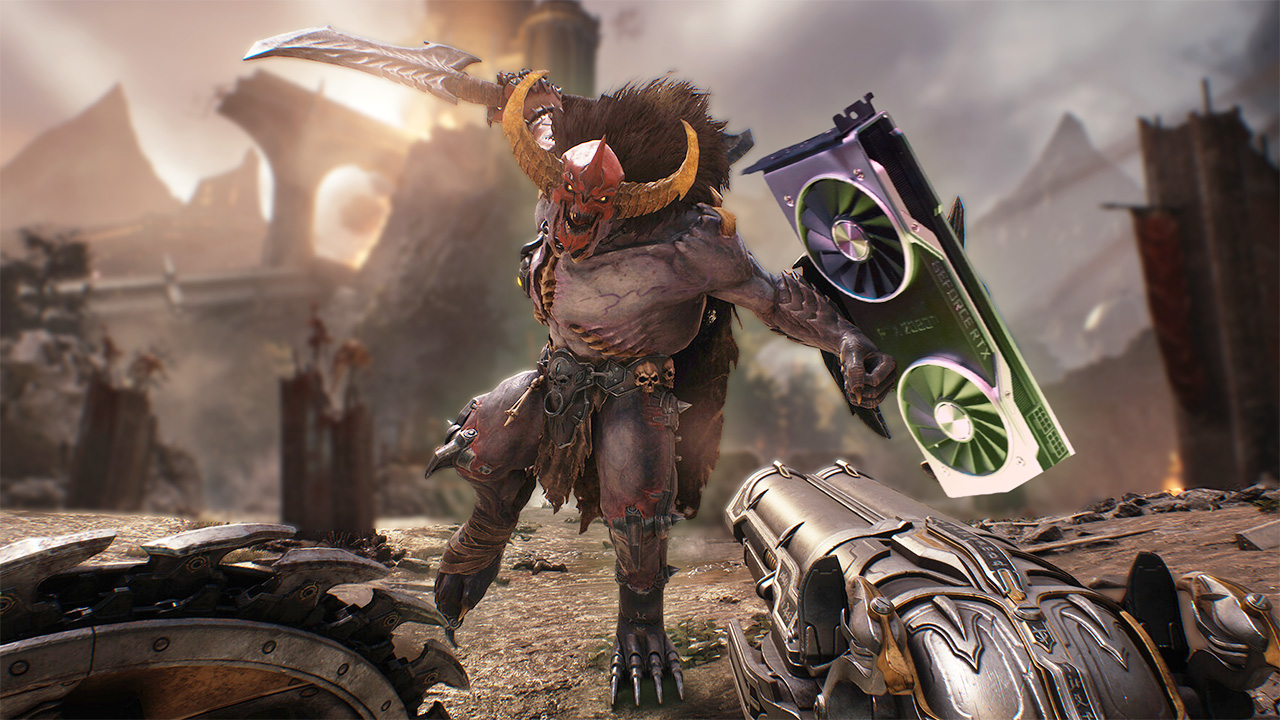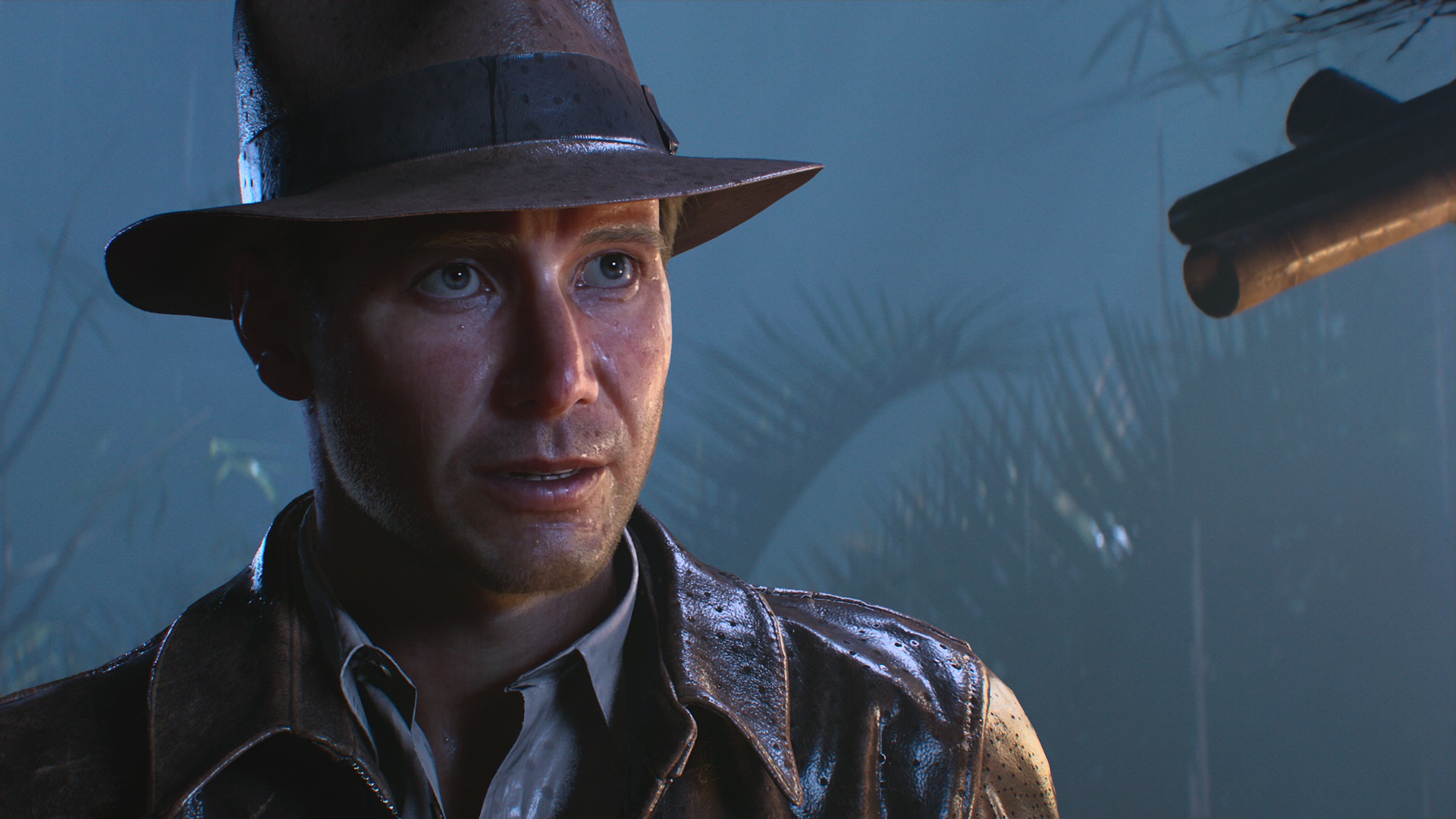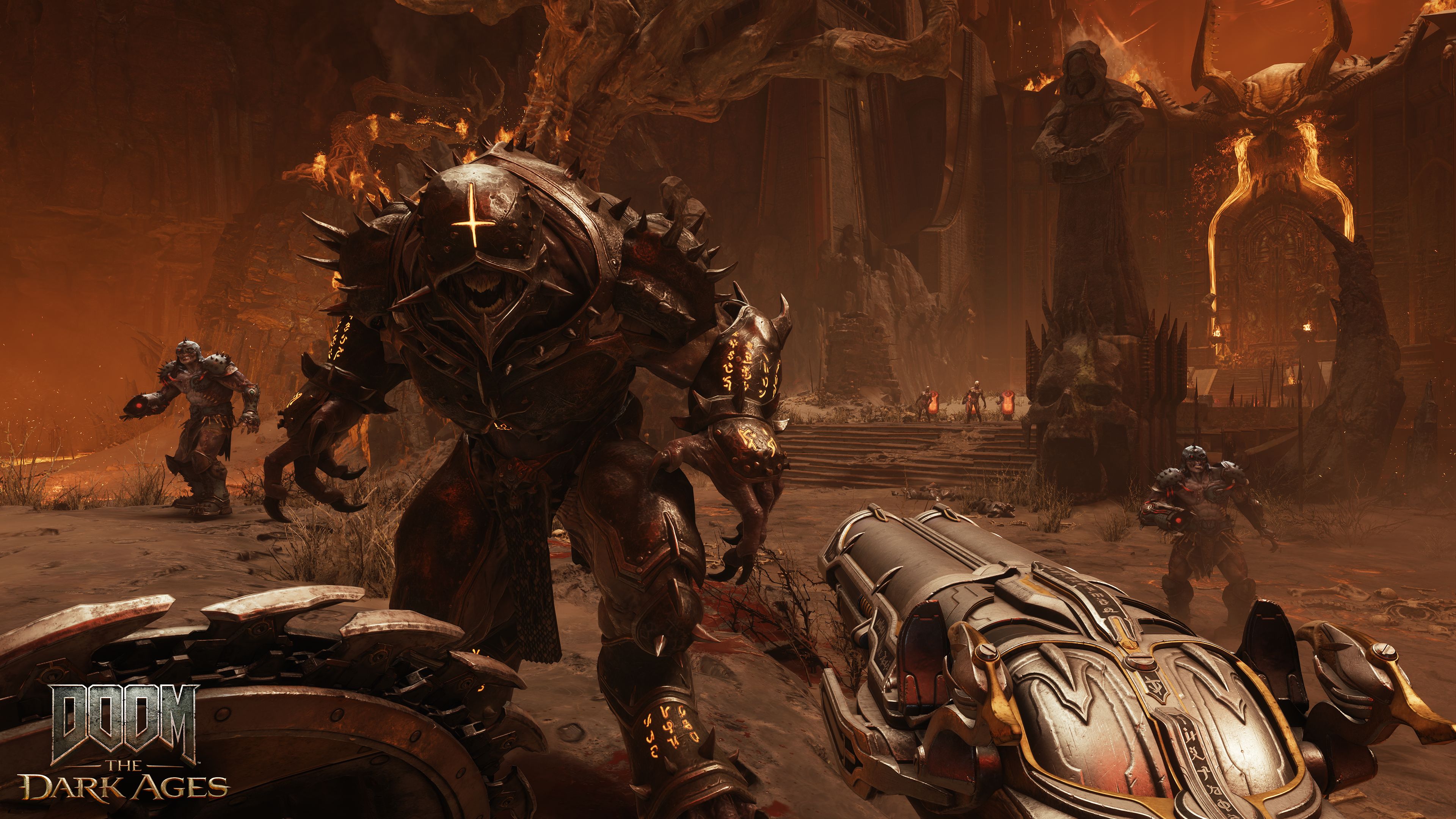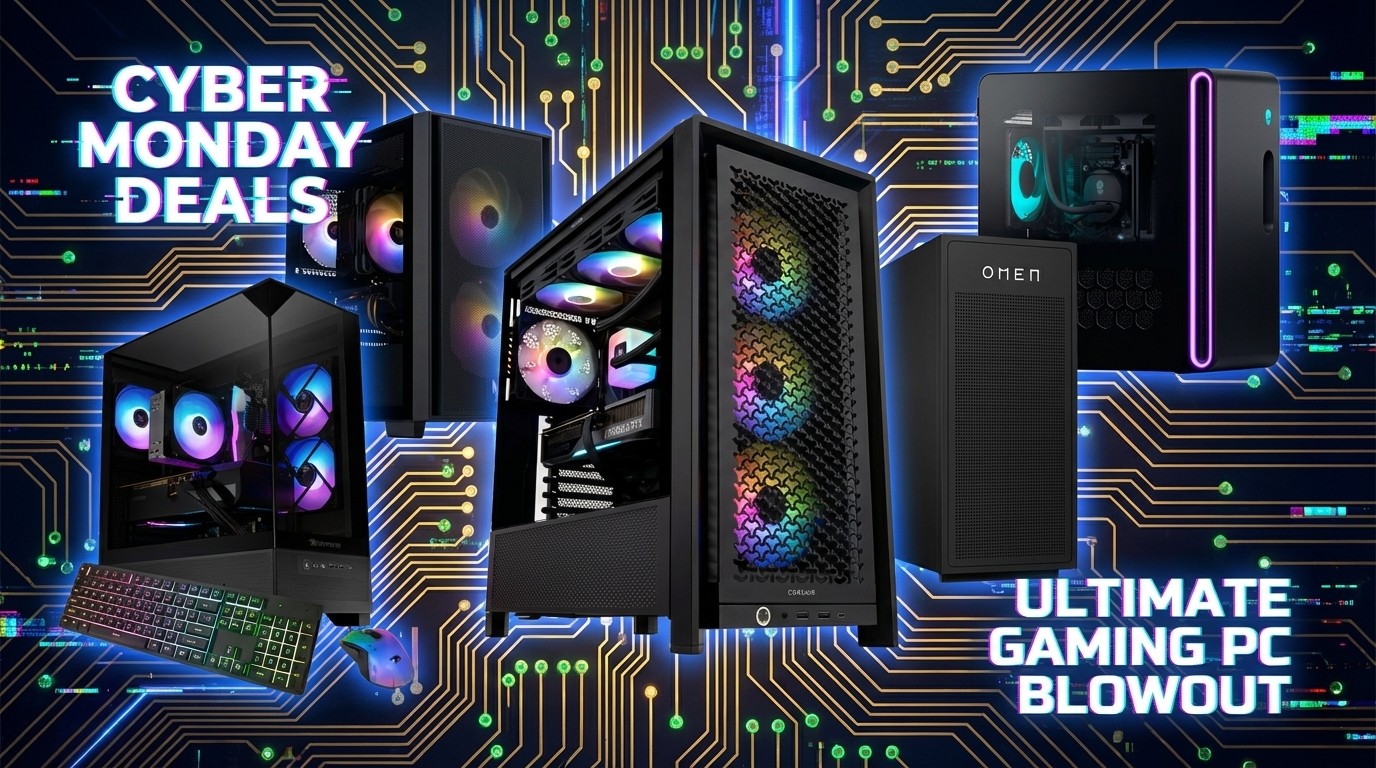I love that DOOM: The Dark Ages requires ray tracing, and I hope more games follow
Games like DOOM: The Dark Ages should be allowed to push technology, especially if that technology isn't really new.

There's been a bit of a fuss across the internet ever since the arrival of the perfectly-scored DOOM: The Dark Ages, with the PC requirements for the game revealing that id Software's latest gore-drenched demon-slaying shooter requires a graphics card with ray tracing hardware.
This means that, at minimum, prospective PC players need a card starting from around NVIDIA's 20-series in order to jump in, locking out older cards like the GTX 1080.
Similar commotion began when the PC requirements for MachineGames' Indiana Jones and the Great Circle were published, as that game also required ray tracing in order to run. Internet chatter was rampant with fears that it meant Indiana Jones would run poorly on most computer hardware.
Lo and behold, the game was extremely well-optimized across PC and consoles, with MachineGames achieving a locked 60 FPS with ray tracing even on Xbox Series S. DOOM: The Dark Ages is similarly impressive, with extremely solid results for the team's proprietary id Tech 8 when scaled across different hardware. I'm happy to see it, and I hope other games will follow in the months ahead.
Ray tracing can speed up game development
Speaking in an interview with the tech experts at Digital Foundry, id Software director of engine technology Billy Khan talked about how, without building the game around ray tracing, it would've taken years longer for id Software to craft DOOM: The Dark Ages.
According to Khan, switching to ray tracing meant no longer having to bake the lighting while working on the game, saving countless hours of work for the development team and allowing changes to be made on the fly without issues.
"Without ray tracing and with the same design goals, we would have had to elongate the time by a magnitude of years, because we wouldn't have the ability to create the same type of content," Khan says.
All the latest news, reviews, and guides for Windows and Xbox diehards.
Ray tracing isn't new, and it's a fair expectation for developers to have
Graphics cards capable of ray tracing have been available for seven years at this point. That's an entire console generation worth of time. A game using hypothetical technology only now available in a graphics card wouldn't be reasonable, but this kind of hardware is well-established.
Outside of PC gaming, every current console can handle ray tracing. The Xbox Series X can do it, just like the PlayStation 5, and the PlayStation 5 Pro can handle it with some extra flourish thrown in, and the Xbox Series S is more than capable if scaled properly.
Even the upcoming Nintendo Switch 2 supports ray tracing, though I do expect utilization to vary on Nintendo's system a bit more than Microsoft and Sony's platforms.
At a certain point, technology marches on. It's not only okay for game developers to be using ray tracing as a key part of their pipeline by now; it should be expected.
There are understandable gripes, but NVIDIA is to blame
I want to be abundantly clear that I understand why some players might initially be annoyed. After all, no one likes to hear that the tech they purchased is no longer capable of playing a new game, even if it's hardware that was bought nearly a decade ago.
The main problem now is that it's hard in good conscience to recommend the latest graphics cards from NVIDIA, especially at the level of the pricey RTX 5080 and RTX 5090.
Driver issues have seen a number of problems for recent games when using the 5000-series cards, including DOOM: The Dark Ages. NVIDIA has also seen fit to place heavy restrictions on initial reviews of the 5060, placing the card's capability under scrutiny.
Even so, AMD and Intel GPUs are more than capable of playing DOOM: The Dark Ages with great image quality and high framerates, as are NVIDIA's 30 and 40-series cards, the latter of which can still be found if you hunt around.
I hope we see more game developers following id Software's lead
There are a number of factors impacting game development and causing even iterative sequels to take years and years longer to produce than in times past. I don't expect ray tracing to be a silver bullet completely tackling this problem, but id Software has already proved that it's extremely helpful.
There are some other studios that have already switched their entire development pipeline to requiring ray tracing, such as Metro series developer 4A Games. Hopefully, we'll see more and more teams taking advantage of this technology sooner rather than later.
DOOM: The Dark Ages Premium Edition
Buy now: $90 at CDKeys (Steam)
DOOM: The Dark Ages is a blast, proving that developer id Software can still reinvent the wheel when needed. New combat mechanics, weapons, and more shake up the established formula in fun ways across this blockbuster prequel to DOOM (2016). The Premium Edition includes the art book and soundtrack, which is quite good!
👉See Premium Upgrade at: CDKeys (Xbox)
👉See Premium Edition at: CDKeys (Steam) | CDKeys (Xbox)

Samuel Tolbert is a freelance writer covering gaming news, previews, reviews, interviews and different aspects of the gaming industry, specifically focusing on Xbox and PC gaming on Windows Central. You can find him on Bluesky @samueltolbert.bsky.social.
You must confirm your public display name before commenting
Please logout and then login again, you will then be prompted to enter your display name.




